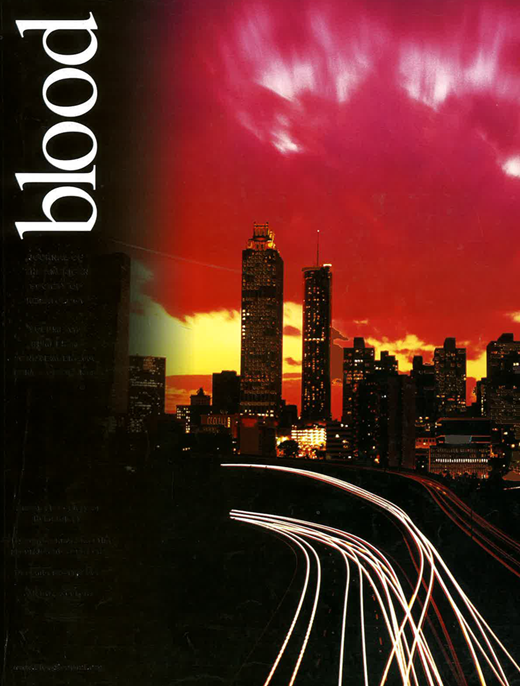Abstract
Studies of simultaneous transplantation of two cord blood units have suggested that as compared to single unit cord blood transplantation (CBT), increased cell dose may overcome graft rejection and improve survival, particularly in mismatched CBT, as well as enhance the graft-versus-malignancy effect. Successful double CBT has been reported following both myeloablative and reduced intensity (RIT) conditioning. However, several concerns remain, including the possibility of increased incidence of GVHD compared to single unit CBT, as well as persistent delays in hematopoietic recovery and immune reconstitution despite the increase in cell dose achieved by double CBT. We have used an algorithm to guide selection of units in our most recent cohort of CBT patients (pts), such that single unit CBT is allowed only for units matched for 5/6 HLA with total nucleated cell (TNC) dose of at least 4.0 ×107/kg or matched for 6/6 HLA with TNC at least 3.0 ×107/kg. Between February 2006 and June 2007, 22 pts underwent CBT for high risk hematologic malignancies (21 in complete morphologic remission, 8 with minimal residual disease, 1 with active mycosis fungoides). Fourteen pts median age 20.5 years (range 0.6–42) underwent myeloablative transplantation following conditioning with fludarabine (FLU) 75mg/m2, cyclophosphamide (CY) 120mg/kg, and total body irradiation (TBI) 13.2 GY. Eight pts median age 52.5 years (range 24–68) underwent RIT following FLU 200mg/m2, CY 50mg/kg, and TBI 2 GY with the addition of ATG 90mg/kg if there was no exposure to chemotherapy in the three months preceding transplant. GVHD prophylaxis was cyclosporine and MMF. Donor-recipient matching based on intermediate resolution for HLA-A and B and high resolution for HLA-DRB1 was as follows: single 5/6 unit for three pts (14%), two units 4/6 for 12 pts (55%), two units 5/6 for three pts (14%), one 4/6 and one 5/6 unit for three pts (14%), and two units 6/6 for one patient (5%). All double CBT units were at least 4/6 matched to each other. At a median follow-up of 243 days among surviving pts (range 71–451), overall survival (OS) is 77% (17/22). OS is 93% (13/14) among pts treated with myeloablative conditioning and 50% (4/8) among RIT pts. 14% (3/22) of pts have relapsed. Day 100 transplant related mortality (TRM) is 5% (1/22). Incidence of grade II–IV and III–IV aGVHD in 19 of 22 pts who had sustained engraftment and survived past day 30 are 89% (17/19) and 26% (5/19) respectively. Three pts are non-evaluable due to septic death prior to engraftment, early relapse, and graft failure. 100% (11/11) of pts seropositive for CMV prior to transplant developed CMV reactivation measured by PCR at a median of 22 days (range 3–39). No (0/11) seronegative pts developed CMV. There was one case of non-fatal CMV pneumonitis. Using this strategy, we have observed limited early TRM and a lower than expected incidence of relapse in a high-risk population. We have seen a higher incidence of a GVHD than reported at other centers, and long term monitoring for chronic GVHD will be important. Though we have observed few significant infectious complications, all seropositive patients reactivated CMV early post-transplant, emphasizing the need for close monitoring of CMV reactivation and improved treatment strategies. Ongoing experience will confirm the efficacy of our algorithm for the use of two CB units for all 4/6 HLA matched units and low dose 5/6 and 6/6 units.
Author notes
Disclosure: No relevant conflicts of interest to declare.

